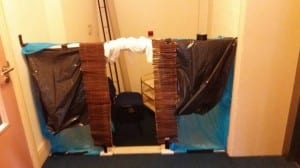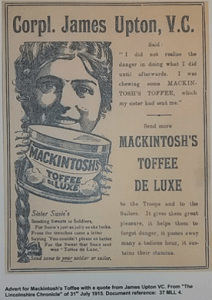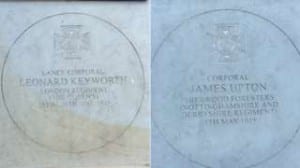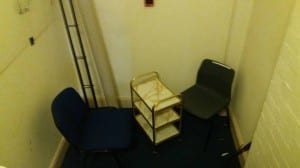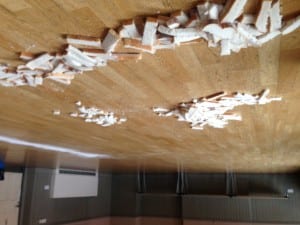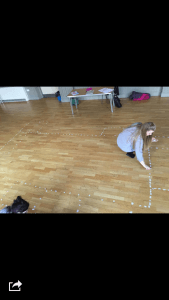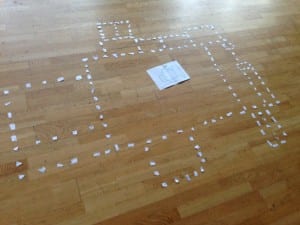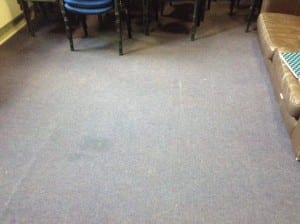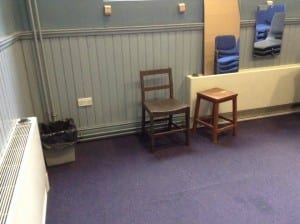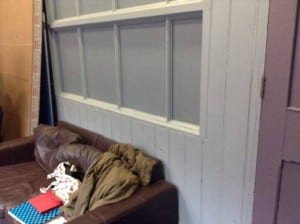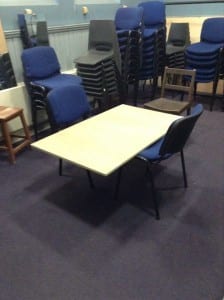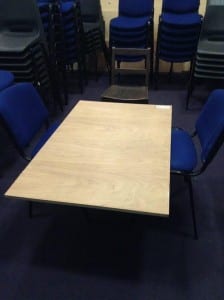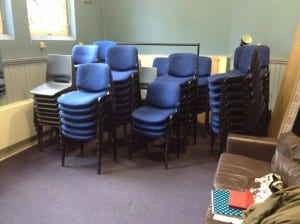These were my presentation notes for Talking Birds. I tried focusing more into how they use the techniques I would like to use for my own creation.
Talking Birds
About
Composer and Co-Artistic Director Derek Nisbet, Designer and Co-Artistic Director Janet Vaughan, General Manager Philippa Cross.
Since 1992 Talking Birds has been producing thoughtful, playful, resonant, mischievous and transformative meditations on people and place. They call their work ‘Theatre of Place’ and is characterised by a distinctive blend of humour, music and visual flair in venues both conventional and unconventional across the UK and internationally.
Their work is made collaboratively, connecting people and place. They’re particularly interested in making work in places which the public don’t often get into, the sorts of places that they might stumble across by accident. Places which have interesting features, histories and former uses, perhaps layered with recollections and associations which are on the brink of slipping from living memory. Or places that are at the end of one use and not quite ready for the next.
“Our projects invite people to explore a particular place of interest in a mediated way; weaving together its stories – real and imagined – to make accessible this neglected or forgotten space and encourage people to examine it in a new light.” (Talking Birds)
Three doctors
Three Doctors was a performance as part of One Last Look to mark the closing of Coventry & Warwickshire Hospital (which was being relocated to the new University Hospital in Walsgrave). Talking Birds marked this significant moment for the city by guiding an audience of 12 at a time through the corridors and operating theatres that have held the stories of thousands of local people, accompanied by voices, music and the ghosts of doctors Arrowsmith, Bourne and Mellor, the hospital’s founders
Solid Blue
SOLID BLUE was courtroom drama done Talking Birds style, and made especially for Whitefriars, the atmospheric medieval monastery set amidst the flyovers of the Coventry ring road. It was inspired both by the ghosts of the building and by conversations with local crime historian John Russell, who revealed to us the grisly discovery in Coventry of criminals’ remains buried vertically, headfirst…
Wanderlust
Made in, for and about the South Bay Underground Car Park in Scarborough in the depths of winter, Wanderlust told the story of a man who had been parked there indefinitely.
It explored the way that a site’s many incarnations and histories continue to build and sit on top of each other, in a sometimes less than peaceable co-existence. When they first visited the car park, someone mentioned Galaland, an arcade that the car park replaced in the 1960s. Digging in the local history archives revealed astonishing pictures of Moroccan-style arches, which seemed incongruously elaborate architecture for an amusement arcade until further investigation revealed the original life of the building – as Scarborough Aquarium, designed by maverick architect Eugenius Birch, best known for his seaside piers. Wanderlust allowed all three of these incarnations to take turns to surface.
“If you’ve use the underground car park in the last few years and wondered why there are small pulleys in the ceiling at one point, now you know – but don’t tell anyone we told you…” (Talking Birds)
This short 20 minute performance/live art installation intrigued and beguiled the audiences.
How they have influenced me
Use of history
I’m focusing on the history of the drill hall but before it was the drill hall and exposing that while exploring it further.
Use of tech
They use a lot of projections and sound and I’m going to be incorporating that into my piece, my piece I going to be based around the 4 of the 5 senses.
Speeches
They also use people from the history of the place and make accounts for them and pre-record them or actually speak them live. This is a big part of my performance that will be incorporated also.
